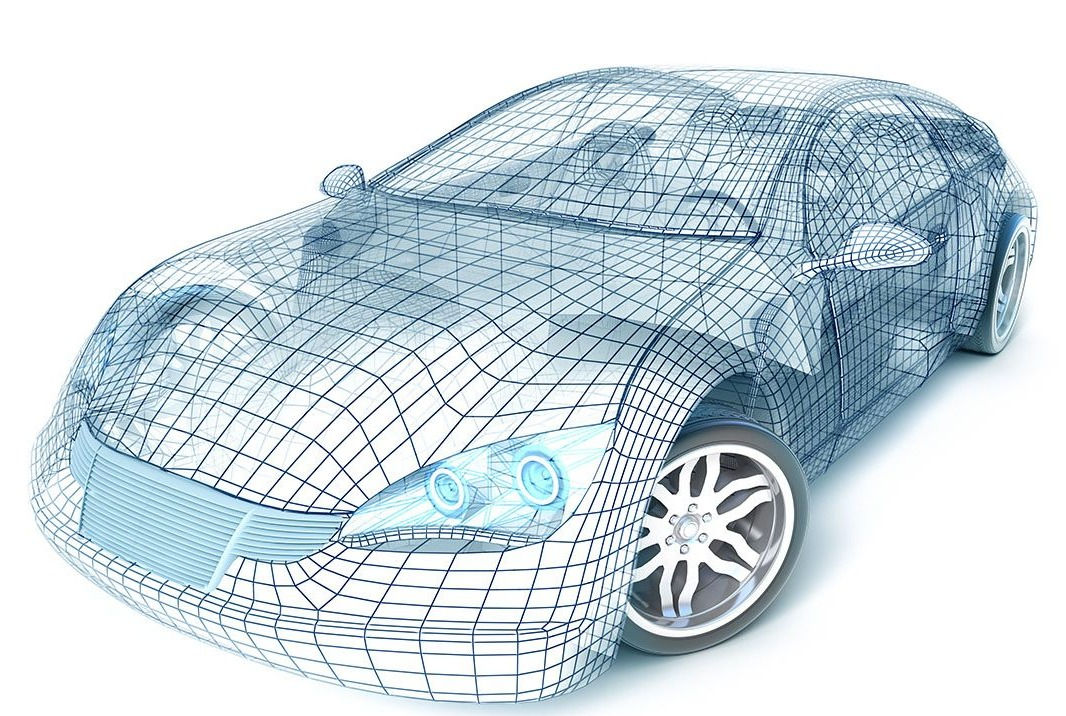
Smooth particles hydrodynamics is a Lagrangian particle method for modeling fluid flows and solid bodies. The method is able to avoid the mesh tangling problem encountered by the conventional FEM in extremely large deformation analysis. It is very suitable to model the complex free surface and material interface behavior, including break-up into fragments naturally. It has been applied extensively to incompressible flows, heat conduction and high explosive problems.
-
Advantage
-
Capable to handle extremely large deformation
-
Capable to handle free surface, moving boundary and interface
-
Straightforward to be combined with adaptive procedure
-
-
Current implementation [ex]
-
Lagrangian framework
-
2D, axisymmetric and 3D solid
-
Fluid (FSI: regular contact options)
-
Coupling SPH with
-
Other SPH parts
-
Solid elements
-
Particles modeled by SPG, DEM and Peridynamics
-
-
Adaptively converting solid elements into SPH particles
-
Thermal-mechanical coupling
-
Explicit analysis
-
-
Limitation
-
Tensile instability (zero energy mode)
-
Less accurate compare to Galerkin method (e.g. FEM)
-
Computationally expensive
-
-
Application
-
Forging and extrusion, metal cutting and foam packing
-
High velocity impact and bird strike
-
Fragmentation and spallation of solid
-
Explosion, underwater explosion and soil penetration
-
Fluid-structure interaction (FSI) and bottle dropping
-
Sloshing, splashing and water jet drilling
-
Incompressible fluid
-

Bird stike

Frictional stir welding

